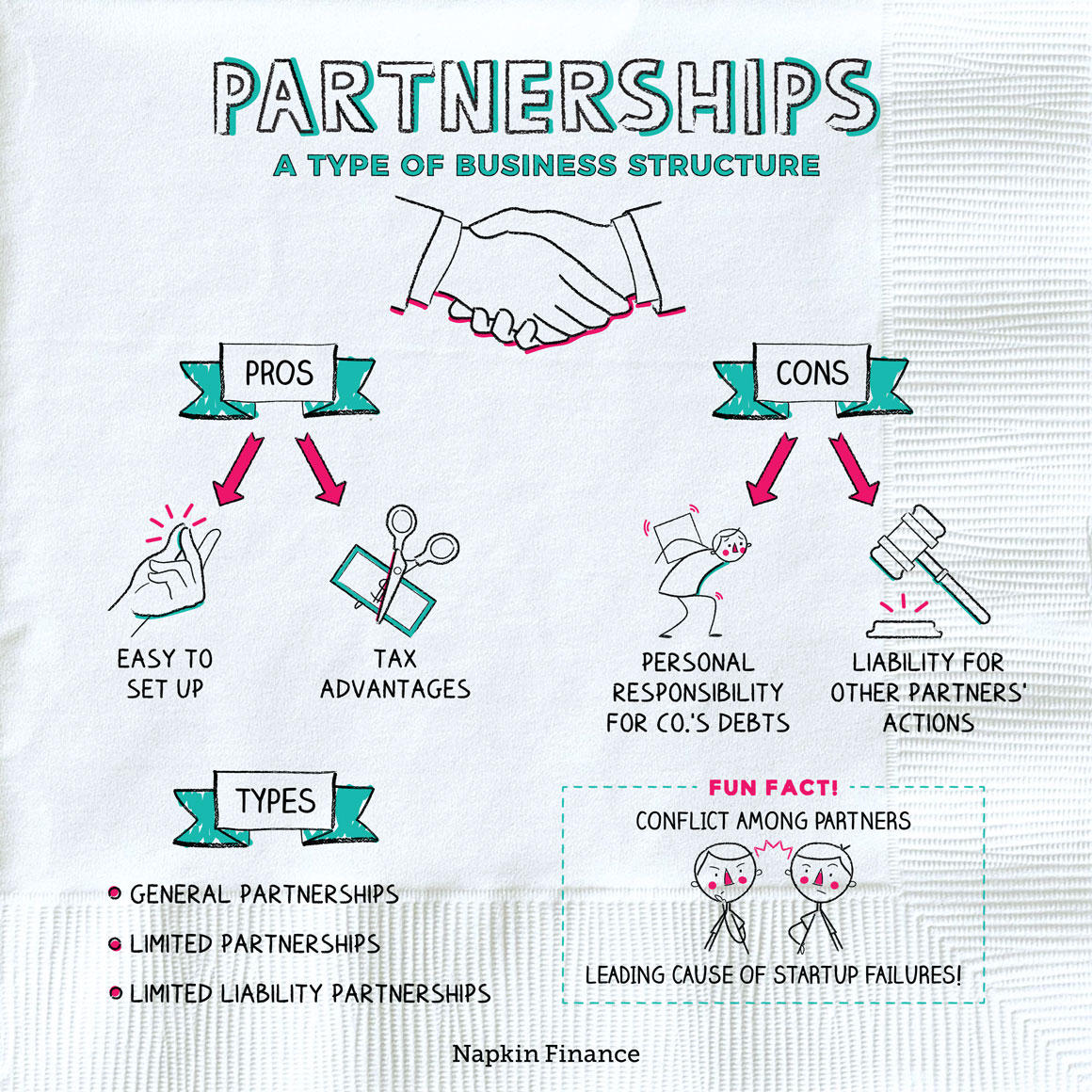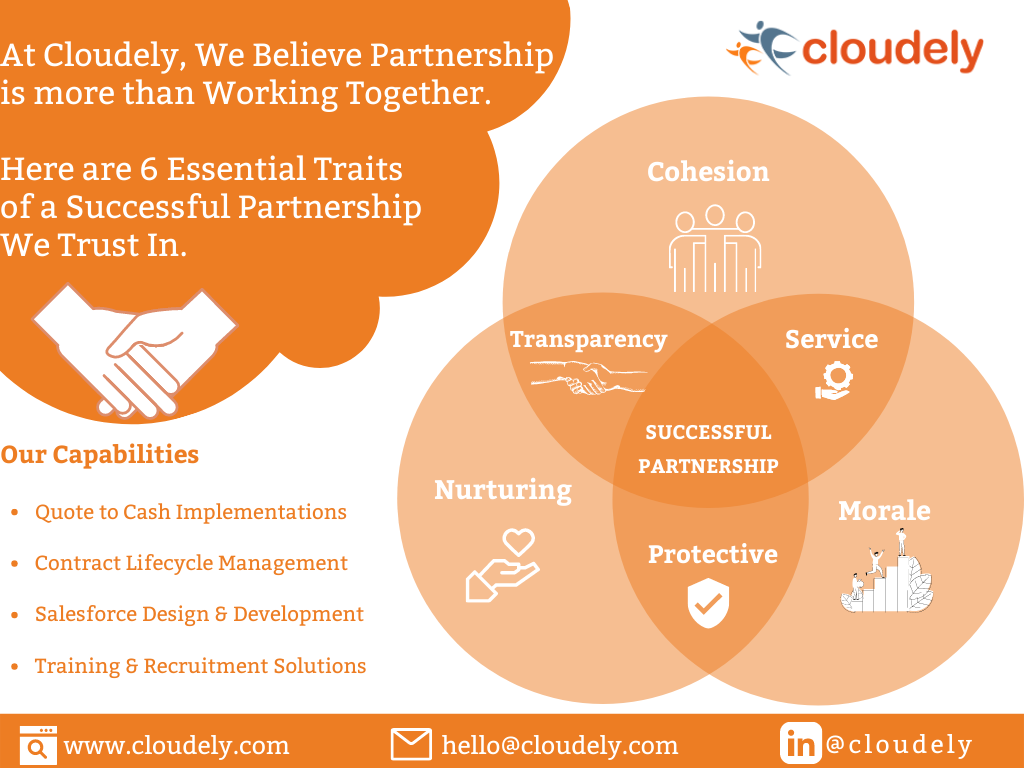How To Deal With Partnership In Business

The allure of shared responsibility and expanded resources makes business partnerships attractive, yet the reality often involves navigating complex interpersonal dynamics and potential conflicts. Many ventures that begin with optimism crumble under the weight of disagreements, differing visions, or inequitable contributions.
Understanding how to effectively manage a partnership is crucial for long-term success. This article will explore practical strategies for navigating the challenges inherent in business partnerships, drawing on expert advice and established best practices to provide a comprehensive guide for entrepreneurs seeking to build resilient and thriving collaborations.
Laying the Foundation: Clarity and Agreements
A solid partnership begins long before operations commence. A comprehensive partnership agreement is not merely a legal formality, but a vital roadmap for navigating potential storms.
This document should meticulously outline each partner's roles, responsibilities, and contributions, as well as the process for resolving disputes, distributing profits, and handling departures.
According to the Small Business Administration (SBA), a clear agreement minimizes misunderstandings and provides a framework for fair and equitable decision-making, ultimately safeguarding the business and the relationships within it.
Defining Roles and Responsibilities
Ambiguity breeds resentment. Each partner should have clearly defined roles that align with their strengths and expertise.
Document these roles in the partnership agreement, outlining specific responsibilities, decision-making authority, and performance expectations.
This prevents overlap, reduces conflict, and ensures accountability, contributing to a more efficient and harmonious working environment.
Profit Sharing and Financial Transparency
Financial transparency is paramount. Establish a clear system for tracking income and expenses, and ensure all partners have access to financial records.
The partnership agreement should detail how profits and losses will be distributed, considering factors like capital contributions, time invested, and the level of responsibility each partner assumes.
Regular financial reviews and open communication about the business's financial health are crucial for building trust and preventing disputes related to money.
Communication and Conflict Resolution
Effective communication is the lifeblood of any successful partnership. Create a culture of open dialogue, where partners feel comfortable expressing their opinions, concerns, and ideas.
Regular meetings, both formal and informal, provide opportunities for partners to stay informed, address challenges, and celebrate successes.
However, disagreements are inevitable, and having a structured approach to conflict resolution is crucial for maintaining a healthy partnership dynamic.
Establishing a Conflict Resolution Process
The partnership agreement should outline a clear process for resolving disputes. This might involve mediation, arbitration, or a more informal approach, such as structured discussions facilitated by a neutral third party.
When disagreements arise, approach them with a focus on finding solutions that benefit the business as a whole, rather than simply asserting individual preferences.
Active listening, empathy, and a willingness to compromise are essential for navigating conflicts constructively and preserving the partnership.
Seeking Outside Expertise
Sometimes, an external perspective can be invaluable. Consider engaging a business consultant or mediator to help resolve particularly challenging disputes.
These professionals can provide objective insights and facilitate communication in a way that promotes understanding and compromise.
According to Harvard Business Review, leveraging external expertise can be particularly helpful in cases where emotions are running high or when partners have reached an impasse.
Exit Strategies and Dissolution
Planning for the end is just as important as planning for the beginning. The partnership agreement should include provisions for how the partnership will be dissolved, whether due to retirement, disagreement, or other unforeseen circumstances.
This section should outline the process for valuing the business, distributing assets, and handling outstanding liabilities.
A well-defined exit strategy can prevent costly legal battles and ensure a fair and orderly dissolution of the partnership.
Buy-Sell Agreements
A buy-sell agreement is a critical component of a partnership agreement. This agreement outlines the terms under which one partner can buy out another partner's share of the business.
It should specify the valuation method to be used, the payment terms, and the process for transferring ownership.
According to the American Bar Association, a well-drafted buy-sell agreement can provide a clear path forward in the event of a partner's departure, ensuring business continuity and minimizing disruption.
Looking Ahead: Evolving Partnerships
The business landscape is constantly evolving, and partnerships must adapt to remain competitive. Regularly review the partnership agreement to ensure it still aligns with the business's goals and the partners' individual needs.
Openly discuss any necessary changes and document them in writing. Embrace technology and innovation to streamline operations and enhance communication.
By fostering a culture of continuous improvement and adaptation, partnerships can thrive in the face of change and achieve long-term success. Building a successful business partnership requires more than just shared ambition. It demands careful planning, open communication, and a commitment to navigating challenges collaboratively.


















